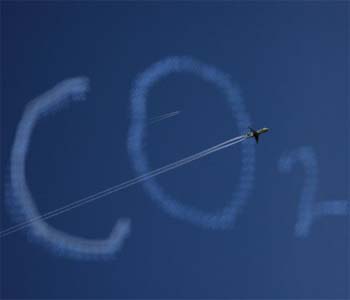Source of carbon dioxide ''burp'' which helped to end last ice age discovered
 According to the reports, the possible source of a huge carbon dioxide ''burp'' that happened some 18,000 years ago and which helped to end the last ice age has been discovered by scientists.
According to the reports, the possible source of a huge carbon dioxide ''burp'' that happened some 18,000 years ago and which helped to end the last ice age has been discovered by scientists.
The study's results offer the first concrete proof that carbon dioxide (CO2) was more efficiently locked away in the deep ocean during the last ice age, turning the deep sea into a more ''stagnant'' carbon repository, something scientists have long suspected but lacked data to support.
The international team led by Dr Luke Skinner of the University of Cambridge, working on a marine sediment core recovered from the Southern Ocean floor between Antarctica and South Africa, radiocarbon dated shells left behind by tiny marine creatures called foraminifera.
By measuring how much carbon-14 (14C) was in the bottom-dwelling forams'' shells, and comparing this with the amount of 14C in the atmosphere at the time, they were able to work out how long the CO2 had been locked in the ocean.
It has been reported that by linking their marine core to the Antarctic ice-cores using the temperature signal recorded in both archives, the team was also able compare their results directly with the ice-core record of past atmospheric CO2 variability.
"Our results show that during the last ice age, around 20,000 years ago, carbon dioxide dissolved in the deep water circulating around Antarctica was locked away for much longer than today. If enough of the deep ocean behaved in the same way, this could help to explain how ocean mixing processes lock up more carbon dioxide during glacial periods," Dr Skinner has said.
The Earth, throughout the past two million years (the Quaternary), has alternated between ice ages and warmer inter-glacials. These changes are mainly driven by alterations in the Earth's orbit around the sun (the Milankovic theory).
But changes in Earth's orbit could only have acted as the ''pace-maker of the ice ages'' with help from large, positive feedbacks that turned this solar ''nudge'' into a significant global energy imbalance. (With Inputs from Agencies)